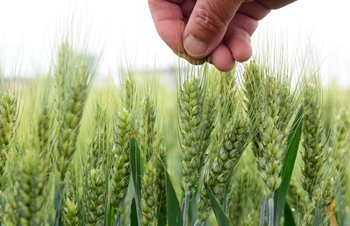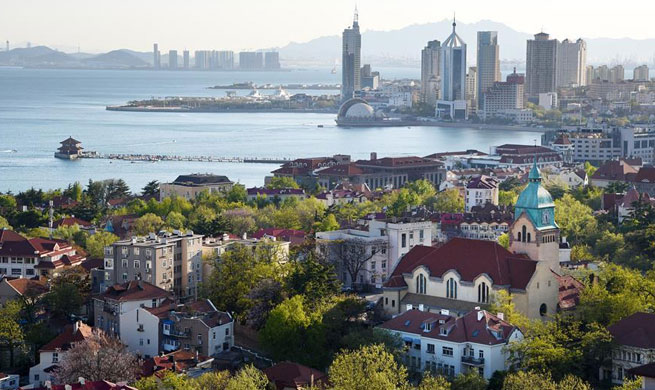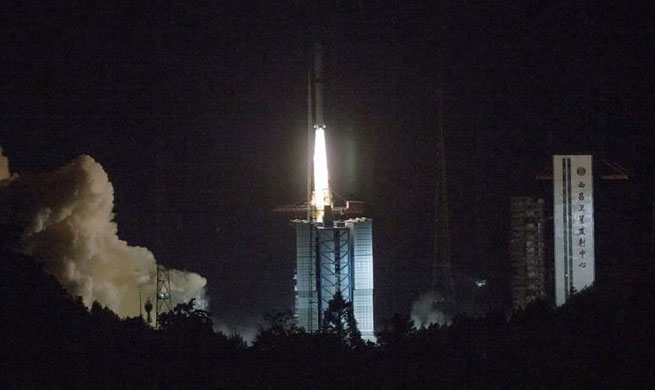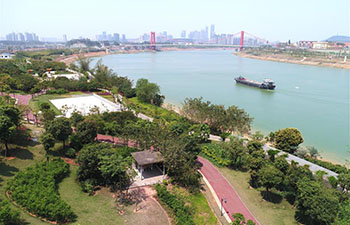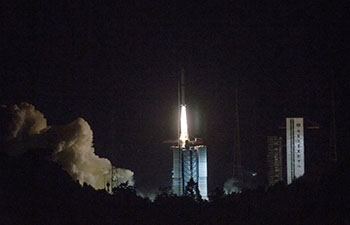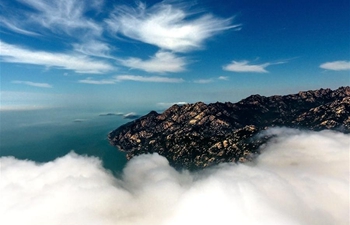KUALA LUMPUR, May 22 (Xinhua) -- Rising consumption and prices have attracted large-scale durian farming in Malaysia recently, thanks to its rising prominence in China.
As the planting is gaining momentum, some analysts foresee the "king of fruit" to overtake oil palm as preferred new investment in Malaysia moving forward.
Maybank Kim Eng said in a report Tuesday that as durian cultivation could potentially generate nine times more revenue compared to palm oil on a per hectare basis while generating Earnings Before Interest and Taxes (EBIT) margin in excess of 50 percent, it believed this might compel some oil palm planters to switch crop at the next replanting cycle given the scarcity and high cost of land and rising wages.
Witnessing growing interest on large-scale durian farming in Malaysia lately, it said, the euphoria was understandable as estate for the most prominent Musang King durian was said to generate nine times more in revenue than oil palm at 150,000 ringgit (37,722 U.S. dollar) per hectare in 2017.
"Considering the rising demand (of durian), there is immense opportunity for Malaysia to increase its market share once China allows Malaysia to export fresh durian as Malaysia's durian is more superior in taste," it said.
According to the United Nations Commodity Trade Statistics database in 2016, Thailand was the world's leading exporter of fresh durian with 402,661 metric tons (MT) which worth 495 million U.S. dollar. Among them, 303,430 MT worth 394 million U.S. dollar durian were exported to China.
As comparison, Malaysia only exported 17,754 MT worth 17.9 million U.S. dollar in 2016. Singapore was Malaysia's largest export market, accounted for 16,595 MT or 8 million U.S. dollars. China, however, accounted for merely 691 MT or 6.8 million U.S. dollar.
It is noted that Malaysia currently exports downstream durian products to China, while fresh fruits are exported through indirect channels like Singapore and China's Hong Kong.
The research house also highlighted there were over 200 durian varieties in Malaysia, more than Thailand where focus was on only a few varieties.
Among the Malaysian species, Musang King has been a favorite among the Chinese consumers.
"The durian industry in Malaysia is therefore very much still at the initial stage. Over time, we foresee greater investments pouring into this sector as large-scale farming gains traction and proven to be successful," said Maybank.
The research house, however, also saw the key risk to the durian industry was largely premised on the continuous demand for quality durian from China, the main export market.
Unlike oil palm commercial planting which has about 100-years of proven success, large-scale durian farming in Malaysia is considered young by comparison and lacks comprehensive technical know-how.









